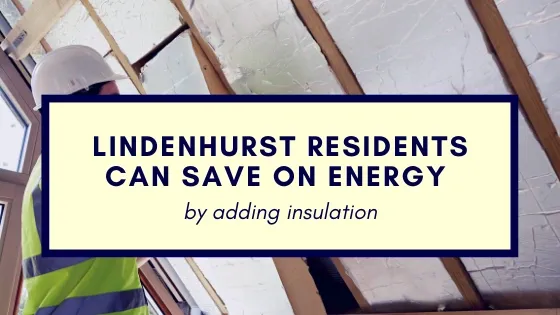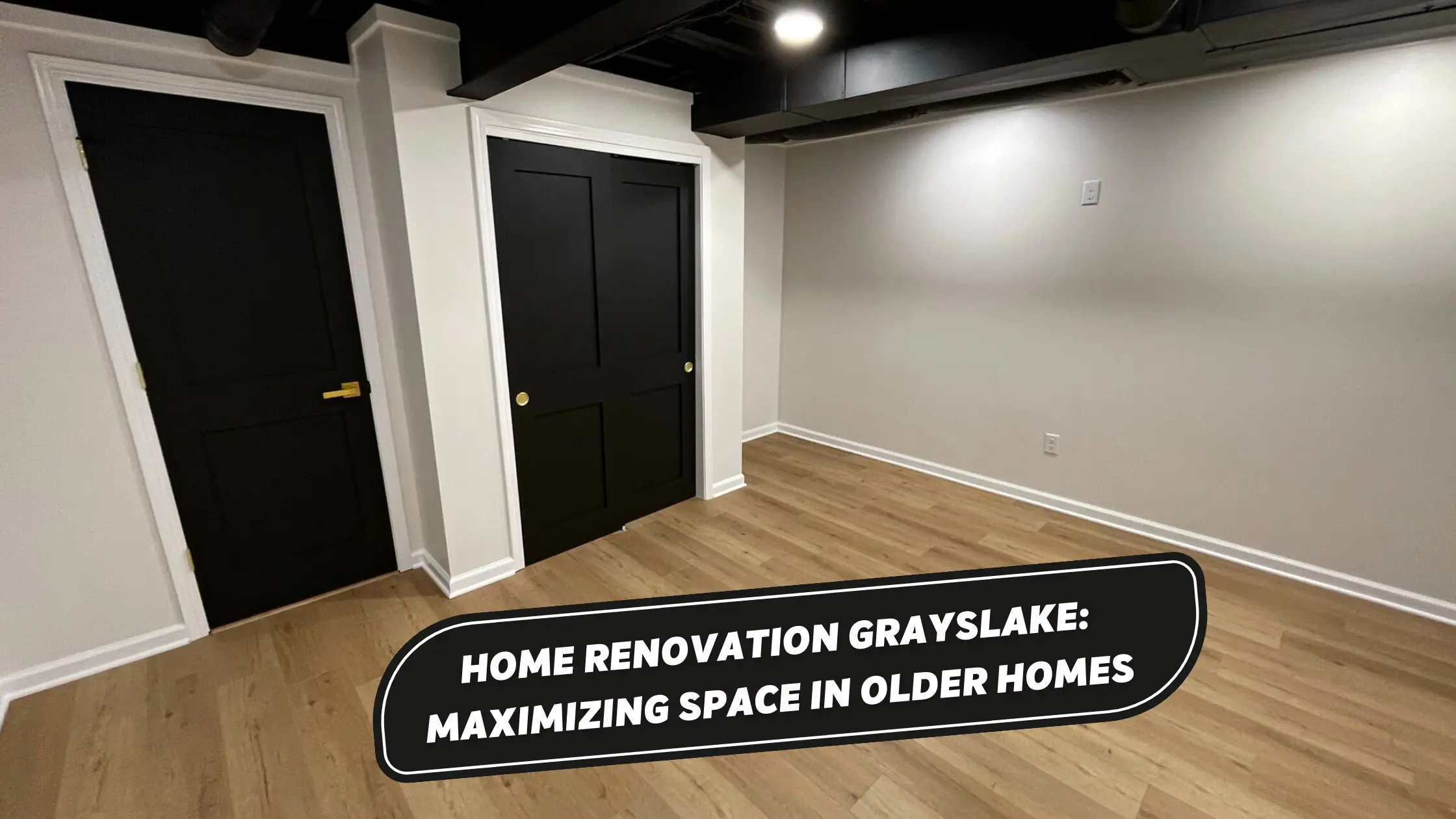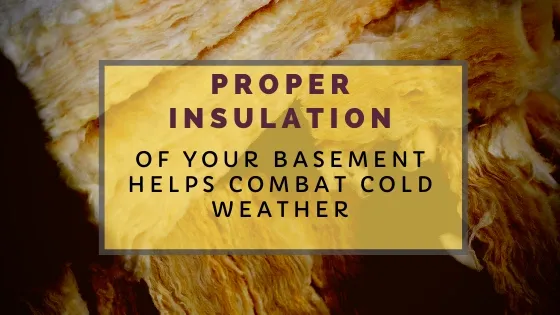Rising energy costs and the instability of the economy puts a huge strain on Lindenhurst residents. The cost of owning a home goes much beyond just the initial purchase. There are even choices available regarding your energy source. But when homes are not sufficiently insulated, you end up wasting energy and paying more for heating and cooling.
The task of the insulation of your home is to resist heat flow coming into the home in the summer and going out in the winter. The maximum you can control this, the lower your heating and cooling costs. But you not only benefit by reducing energy costs, but it also improves the comfort in your home as well.
How Does Insulation Work?
 To properly understand how insulation works, you’ve got to understand heat flow. This involves three aspects: conduction, convection, and radiation. Understanding these three aspects will help you get a better handle on the movement of heat in your home.
To properly understand how insulation works, you’ve got to understand heat flow. This involves three aspects: conduction, convection, and radiation. Understanding these three aspects will help you get a better handle on the movement of heat in your home.
Conduction
The way heat gets transferred through materials is conduction. An example of this is how a spoon gets hot when placed in a hot cup of coffee. Heat moves from the coffee to the spoon and then finally to your hand when you touch the spoon. Even the cup conducts the heat and you can feel it when you touch the handle.
Convection
Heat moves through liquids and gases in a unique way. This is the reason that lighter, warmer air rises and cooler and denser air sinks down. You may have noticed that when you get on a ladder to change a lightbulb, you will feel a slight increase in temperature and even a greater rise in temperature when you walk one flight of stairs to the next floor.
Radiation
The heat that is radiated travels in a straight line and heats up anything solid in its path that will absorb energy. Light from the sun radiates to the earth, and anything solid that is in its path that will conduct energy is sure to gain heat. Beginning with the roof, exterior walls, and anything else that will conduct energy in the home, these items will absorb heat.
Insulation materials that are commonly in use will do its job by reducing conductive heat flow and somewhat, to reduce convective heat flow. But barriers to radiating heat using a reflective insulation will work by lowering radiant heat absorption. For this to be most effective, the reflective surface needs to be next to an air space.
The basic concept we must keep in mind is that heat moves from warmer to cooler objects until there is no longer a difference in temperature. For the home, this is a crucial element that will impact you. In the winter, you heat your home, and that heat begins to flow to unheated areas such as attics, garages, basements, and also to the outdoors. This flow of heat also moves through interior ceilings, walls, and floors. In effect, it flows to wherever there is a difference in temperature.
Basically, to have a comfortable living environment in the home, we replace the heat lost in the winter with our heating system and in the summer, we use the cooling system to remove the heat and cool the interior of the home. A well-insulated home will decrease the heat flow and provide you with a more comfortable living space.
What are R-Values?
 The measure of how much an insulating material will resist conductive heat flow is rated as an R-value. This means that the greater the R-value, the higher the effectiveness of the insulation. The type, thickness, and density of the insulation have an influence on the R-value. For some insulations, the R-value depends on temperature, aging, and the accumulation of moisture. Proper insulation is a priority as residents in Lindenhurst and Illinois overall spend 2% more for energy than the average US population.
The measure of how much an insulating material will resist conductive heat flow is rated as an R-value. This means that the greater the R-value, the higher the effectiveness of the insulation. The type, thickness, and density of the insulation have an influence on the R-value. For some insulations, the R-value depends on temperature, aging, and the accumulation of moisture. Proper insulation is a priority as residents in Lindenhurst and Illinois overall spend 2% more for energy than the average US population.
When you’re evaluating a multilayered installation, the R-values of each individual layer should be added together, thus getting the total R-value of your insulation. This obviously implies that the more insulation you add to your home, the more you add the resistance to heat flow. To summarize this idea, increasing the thickness of the insulation will in effect improve the R-value of the insulation in your home.
How well the insulation in your home can resist heat flow will depend on how the insulation is installed and the location of that insulation. Some examples of this need to be considered. You see, the complete R-value of a ceiling or wall is to be calculated differently from the R-value of the insulation. This is because the heat flows more easily through studs, joists, and other solid building materials. This movement of heat is called thermal bridging. Also, when the insulation fills building cavities tight enough it lessens the airflow and will also make a difference in the convective heat movement.
For comfortable living and energy savings, the amount of insulation you’ll need, or the R-value required depends on several factors. The climate in your area, the type of cooling and heating system you have, and the part of the house you’ll be insulating.
For Lindenhurst residents, R-13 is a good insulation for the value that it gives. Various other grades are available, and even higher grades are an option, but R-13 is well-recommended insulation for homes in Lindenhurst.
Types of Insulation
Various types of insulation are available and can be confusing. But to choose the correct type of insulation, you need to determine where you are going to install the insulation. You will also need to determine the correct R-value recommended for your area. You will also want to determine the impact of indoor air quality, life cycle costs, recycled material, embodied energy, and the simplicity of installation – quite naturally if you want to do it alone. But note that for some installation, it is best for a professional to do the work.
Choice of Insulation Materials
There is a wide range of insulation materials to choose from such as fiberglass, cellulose, rock and slag wool, and natural fibers to rigid foam boards and even sleek foils. If the product is bulky, it will resist conductive and a bit less of convective heat flow within the building. Foam boards that are rigid will trap air or other gases to resist conductive heat flow. Reflective foils for radiant barriers and reflective insulation systems will push radiant heat away from living spaces, of course, most useful for cooling climates. Some materials that are less common are cementitious and phenolic foams and vermiculite and perlite.
Which parts of the house should be insulated?
 After getting a clear understanding of heat flow and reviewing the above explanations, you might be convinced that it is a good idea to improve the insulation in your home. Many are committed to improving their living conditions and saving on energy bills by insulating their homes, but they’re not sure where to begin. Here are some of the vital areas that one cannot ignore.
After getting a clear understanding of heat flow and reviewing the above explanations, you might be convinced that it is a good idea to improve the insulation in your home. Many are committed to improving their living conditions and saving on energy bills by insulating their homes, but they’re not sure where to begin. Here are some of the vital areas that one cannot ignore.
Attic
Undisputedly, the most vital space in the home for insulation is the attic. Since heat naturally rises, the attic is where much of the heat will be held. During the winter, the heat you generate through your heating system will rise to the attic and can escape, thereby pushing your heating and energy bills up. For the attic, there are three amazing options for insulation: Batt, blown-in and spray insulation. Each has its own level of value and will certainly help to improve your living conditions.
Walls
Right after the attic, improving the insulation of the walls of your home can reduce the needed energy to heat or cool your living space. This will benefit you by reducing your utility bills. Added to this, proper insulation will give more privacy to residents. Well insulated walls not only block heat from escaping, but does good in blocking sound too. This is helpful for the entire family to live together in harmony, and still have their freedom and space for themselves.
Floors
We know that heat rises, but lots of air can also be lost through the flooring. Garages and basements are the biggest culprits here, as much of these areas may remain unheated or only lightly heated. Improving the insulation through techniques of spray, blow-in or batt type of insulation will do wonders and protect the heated and cooled air. Insulated floors will also help reduce noise, especially if you live in a multi-level residence.
Crawlspace
Even if your crawlspace is ventilated or unventilated, adding insulation can be a great idea for those who are energy conscious. When you insulate crawlspaces, you improve the intention of heat throughout your house. This also helps to ensure that ductwork and pipes won’t freeze while outdoor temperatures are extremely low.
Basement
One of the most ignored spaces in the home is the basement. The homeowner will benefit much from the basement. When the basement is finished, proper insulation can make the place suitable for living, and of course, increases the square footage of livable space in the home. Sometimes, even if the basement is unfinished, having sufficient insulation will help to keep the heat within the home and make your life more comfortable.
We have seen that proper insulation will benefit you the homeowner in several ways. Of course, one of the primary issues is to reduce the utility bills as the cost of living continues to rise. But along with monetary considerations, you end up with a more comfortable place to live as you are able to properly control the temperature within the home.







